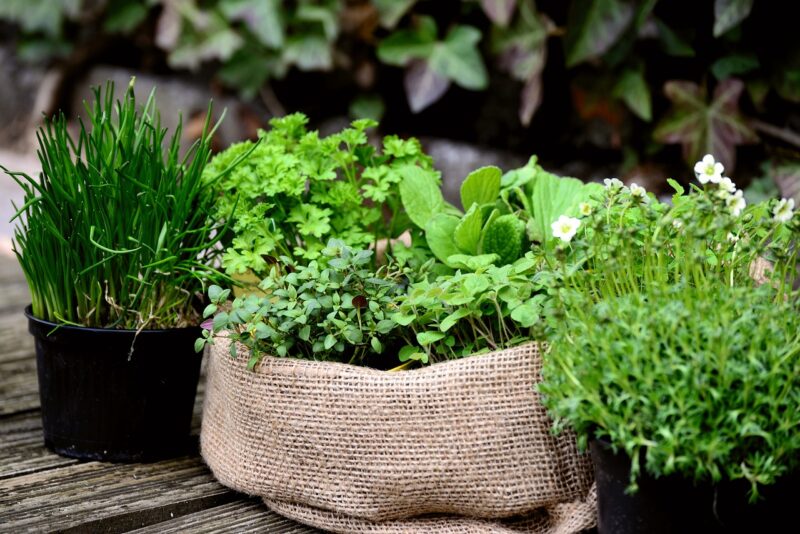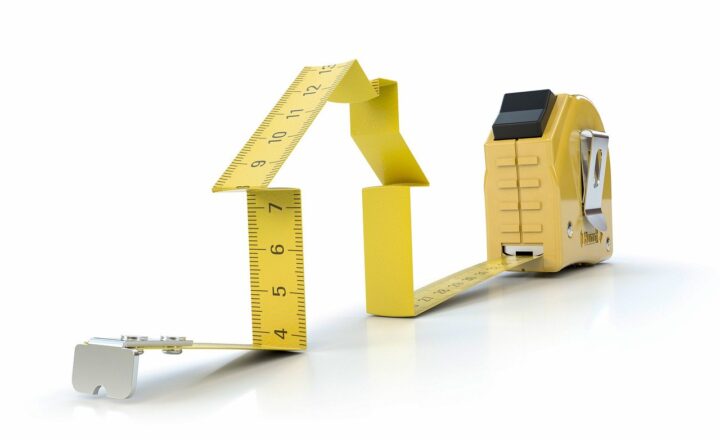How to Start Your Own Herb Garden at Home: The Perfect Hobby for Plant Lovers
November 14, 2024

Creating your own herb garden at home is not just a rewarding hobby, but it also provides you with fresh herbs at your fingertips for cooking, medicinal purposes, and even decoration. With the growing trend toward sustainable living and an appreciation for fresh, home-grown produce, starting an herb garden has become a popular choice for plant lovers around the world. In this comprehensive guide, we will walk you through the essentials of starting your own herb garden, ensuring that you have all the knowledge and tools needed to cultivate your green sanctuary.
1. Why Start an Herb Garden?
There are countless reasons to start your own herb garden:
- Fresh Flavors: Nothing compares to the taste of freshly harvested herbs. They add flavor and aroma to your dishes, enhancing the overall culinary experience.
- Health Benefits: Many herbs are known for their medicinal properties. Growing your own means you can access fresh remedies for various ailments right from your home.
- Aesthetic Appeal: Herb gardens can be beautiful and bring life to your space.sadd off a wonderful fragrance to your home.
- Sustainability: Growing your own herbs reduces the need for store-bought options, promoting a sustainable lifestyle.
- Cost-Effective: Once established, an herb garden can save you money in the long run as you won’t need to purchase herbs frequently.
Starting an herb garden can be as simple as choosing a few varieties and finding a suitable spot in your home. Let’s dive into the steps required to make it happen!
2. Choosing the Right Location
The first step in starting your herb garden is selecting the perfect location. Herbs thrive in environments that offer warmth and light. Here’s what you should consider:
- Sunlight: Most herbs require at least 6 to 8 hours of sunlight daily. An outdoor spot in your garden or a sunny windowsill indoors would be ideal.
- Accessibility: Choose a location that is easy to access for maintenance and harvesting. You want to easily reach your herbs when you need them.
- Drainage: Ensure that the area has good drainage to prevent water logging which can rot the roots of your herbs.
- Protection from Pests: Try to position your garden away from large plants that might attract pests or provide too much shade.
Whether you have a sprawling backyard, limited patio space, or just a windowsill, an herb garden can be adapted to fit. With care and creativity, any space can support your green thumb.
3. Choosing the Right Herbs
Once you have a location, it’s time to choose the herbs you want to grow. Here are some popular options for beginners:
- Basil: A versatile herb that’s essential in Italian cuisine. It thrives in warm weather and requires regular pruning.
- Mint: Known for its refreshing flavor, mint can often be invasive, so it’s great to grow it in pots to keep it contained.
- Parsley: This herb adds flavor to various dishes and is a fantastic garnish. It grows best in cooler months.
- Cilantro: Also known as coriander, cilantro is commonly used in Mexican and Asian dishes. It prefers a spot with some shade, especially in hot weather.
- Thyme: A hardy herb that requires less water and grows well in a variety of conditions. It is drought-resistant and flavorful.
- Rosemary: This fragrant herb needs a lot of sunlight and performs well in dry climates. It’s perfect for grilling and roasted dishes.
You can choose a mix of culinary and medicinal herbs, depending on your interests. Be sure to consider local climate conditions and choose varieties that will thrive in your area.
4. Preparing the Soil
Good soil is vital for any garden’s success as it provides essential nutrients and ensures proper drainage. Here’s how to prepare your soil properly:
- Quality Soil Mix: Use a mix of potting soil, compost, and sandy soil for draining. Aim for potting soil specially formulated for herbs, which can provide the necessary nutrients.
- Soil Testing: Test your soil pH, aiming for a neutral pH of around 6.0 to 7.0. This can be done using simple pH test kits available at gardening stores.
- Tilling: If using garden soil, till the ground well to aerate and mix in compost to enrich the nutrients. This will also break up any large clumps that could hinder drainage.
Preparing your soil is an essential investment in the health and productivity of your herb garden.
5. Planting Your Herbs
With your soil prepared, it’s time to plant your herbs! Follow these steps for successful planting:
- Spacing: When planting herbs, space them according to their growth habits. Most herbs need about 12 inches apart to allow for adequate growth without overcrowding. Read the guidelines for specific herbs before planting.
- Transplanting Seedlings: If starting with seedlings, create holes twice as wide as the root balls and gently place the seedlings in the ground before covering with soil. Make sure not to bury them too deep.
- Watering: Water the newly planted herbs immediately after planting to help settle the soil. Continue to keep the soil moist for the next several weeks until the plants establish themselves.
6. Caring for Your Herb Garden
Proper care will help your herb garden flourish:
- Watering: Herbs generally prefer well-drained soil and don’t like to sit in water. Water them regularly but not excessively, ensuring the soil remains moist but not soggy.
- Fertilizing: Use organic fertilizers or compost to feed your herbs every 4-6 weeks. Too much fertilizer can lead to a loss of flavor, so use it sparingly.
- Pruning: Regularly prune your herbs to encourage healthy growth and prevent flowering, which can diminish flavor. Reap what you sow by cutting the herbs frequently; this will promote bushy growth and higher yields.
- Pest Management: Keep an eye out for pests like aphids and whiteflies. Consider using organic repellents or introduce beneficial insects to help manage pest populations without harsh chemicals.
With consistent care, your herb garden will thrive and reward you with fresh herbs.
7. Harvesting Your Herbs
Harvesting is one of the most enjoyable parts of gardening:
- Timing: Begin harvesting once your herbs reach a height of at least six inches. The best time to harvest is in the morning after the dew has dried.
- Technique: Use clean scissors or garden shears to cut stems, leaving some leaves on the plant to encourage regrowth. Avoid cutting more than one-third of the plant at a time to ensure sustainability.
- Storage: Use fresh herbs immediately for the best flavor. If you want to preserve them, consider methods like freezing, drying, or making herb-infused oils.
The joy of cooking with your own fresh herbs can be incredibly satisfying, and with practice, your gardening skills will grow as well!
Conclusion
Starting your own herb garden at home is not only a beautiful way to enhance your culinary adventures, but it also cultivates mindfulness, patience, and appreciation for nature. By following these steps and understanding the needs of your plants, you can enjoy a thriving herb garden that provides flavor, fragrance, and joy.
Whether you’re a novice gardener or a seasoned plant lover, herb gardening offers an impressive way to connect with the earth and grow your own ingredients. So gather your supplies, choose your herbs, and let your gardening journey unfold!
Happy gardening!








